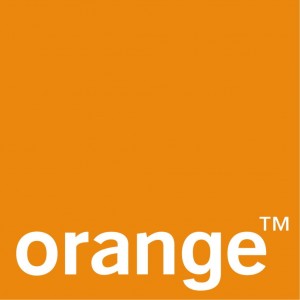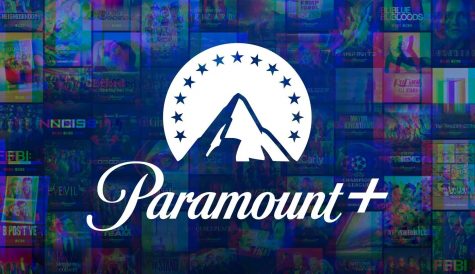
After more than 40 years of operation, DTVE is closing its doors and our website will no longer be updated daily. Thank you for all of your support.
Orange preparing for multiscreen launch
 Following its satellite TV launch, Orange Romania will roll out services on multiple devices to complement this offering in the next couple of weeks, according to Mirek Smyk, managing director, MSCG, who consulted on the project.
Following its satellite TV launch, Orange Romania will roll out services on multiple devices to complement this offering in the next couple of weeks, according to Mirek Smyk, managing director, MSCG, who consulted on the project.
The availability of content on multiple screens is seen as a key differentiator of the service, said Smyk. Orange is primarily building a TV service in Romania based on appeal to viewers who want HD services and are currently frustrated by the lack of content available in the market, he told attendees at Informa’s Digital TV CEE event in Krakow yesterday.
The Orange TV service includes 40 HD channels – a record for the Romanian market, according to Smyk – including 26 that were not previously available in the country. In total, 16 of the 100 channels on the platform are new to the Romanian market, said Smyk.
Orange is offering a single subscription for multiscreen, anytime anywhere, usage and Existing Orange customers will be offered a special price. The offering is made up of three packages, including Local HD, which gives 36 Romanian channels, six of which are HD.
A second package, World HD, includes 65 channels with 19 HD services, including international services, while the third package, Universe HD, includes 95 channels with 37 HD services. There is also a further adult package for an additional fee.
Local HD costs about €5, or €4 to Orange customers with one SIM card. World HD costs €8 or €6.40 to Orange customers. Universe HD costs €12. Further discounts are available to Orange customers with mulitiple SIM cards.
The Orange service will also be differentiated by the quality of the set-top box and the strength of satellite reception via the Astra aposition at 31.5 degrees, said Smyk.
Orange Romania is the largest Romanian mobile operator and is a mobile-only player without a fixed line infrastructure. Smyk said that the operator wanted to tap into the fact that Romanians are increasingly looking for HD content and are increasingly viewing content on multiple screens thanks to the country’s advanced broadband infrastructure, especially in urban areas.
Other factors that make the Romanian market attractive include the fact that it is moving towards digital switchover after a long delay. The satellite market is continuing to grow, while mobile video consumpition is increasing, and 4G networks are giving mobile users access to fast data connections.
“You need to deliver high quality service to the main screen and only after can you make additional revenue from other devices,” said Smyk.
While pay TV penetration in Romania is over 85%, one key differentiator in the market is that Romanians consume five and a half hours of TV a day compared with a global average of three hours and 17 minutes. Each household has 1.64 TV sets. Eighty per cent of new TV sales are for HD sets.
Consumers are connecting these TV sets to existing cable and satellite services but are not getting HD quality from these service providers, said Smyk. About 15% of households now have HD sets as their main screen, and 18% of Romanians watch online TV services regularly, compared with a EU average of 6%, Smyk told attendees.


